Asia-Pacific
Donate to the International Programs Fund
Canadian Red Cross impact in the Asia-Pacific region
According to the International Federation of Red Cross Red Crescent Societies (IFRC) World Disaster Report, Asia Pacific is one of the most disaster-prone regions in the world, with some countries dealing with the impacts of two or more disasters at any given time. It is estimated that by 2050, approximately 500-700 million people in Asia will face a 20 per cent increase in the probability of lethal heatwaves.
Such emergencies lead to a significant increase in migration and internal displacement, further creating longer-term needs. Sexual and gender-based violence too remains a pressing issue in the region, impacting health within communities and humanitarian efforts at large.
Local National Societies play a vital role in addressing, mitigating, and responding to these increasingly frequent humanitarian challenges. In the last decade alone, the Red Cross assisted more than 27 million people across the region in their time of need.
The Canadian Red Cross collaborates closely with local partner National Red Cross and Red Crescent Societies and other regional stakeholders to provide technical expertise, implement critical projects, and strengthen strategic alliances at the grassroots level.
With current global humanitarian challenges requiring a more holistic approach, the Red Cross is building immediate and long-term capacities within impacted populations, by integrating preparedness, emergency response, and recovery and resilience in the region.
Looking ahead, we continue to significantly advance Canadian support to address humanitarian needs in Asia Pacific, through important social impact programs and strategic engagements.
Humanitarian assistance within the region
Myanmar
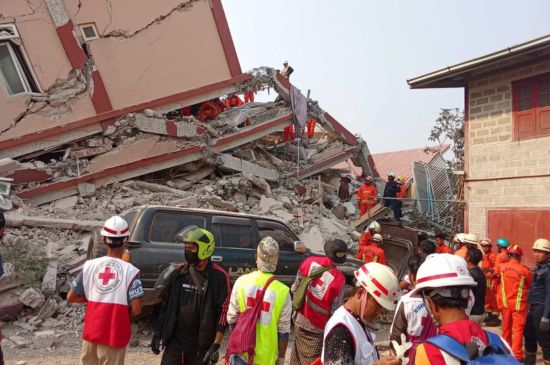
(Photo credit: Myanmar Red Cross Society)
On March 28, 2025, central Myanmar was struck by a powerful, 7.7-magnitude earthquake, just 17 km from the country’s second-largest city, Mandalay. The earthquake caused widespread destruction and multiple buildings to collapse. Infrastructure has been severely impacted, and main roads, airports, Mandalay University, and ancient heritage sites are also damaged.
Nepal
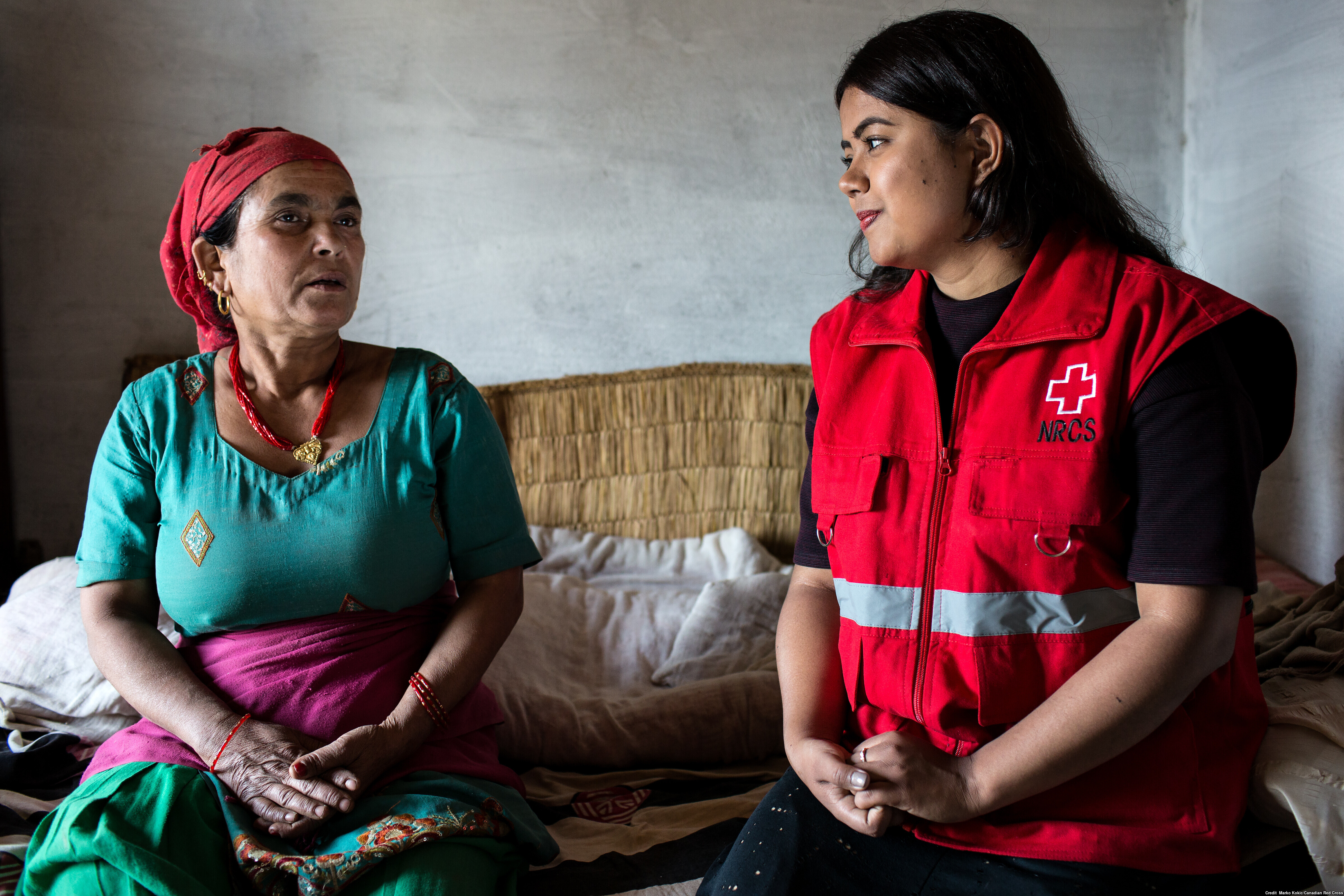
(Photo credit: Marko Kokic / Canadian Red Cross)
For nearly a decade, the Canadian Red Cross has been actively involved in supporting Nepal’s health systems and community resilience, through our partnership with the Nepal Red Cross Society and support to the Government of Nepal.
Learn more
Philippines
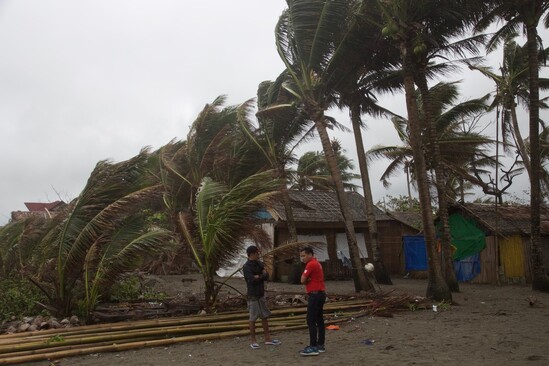
(Photo credit: Diana Coulter / Canadian Red Cross)
The Canadian Red Cross has a long history of partnering with the Philippine Red Cross National Society on initiatives that enhance disaster preparedness, response, and recovery within local communities.
Afghanistan

(Photo credit: Meer Abdullah / IFRC)
The Canadian Red Cross has a longstanding partnership with the Afghan Red Crescent Society, working together to meet the immense humanitarian needs in the country, with a focus on health services and disaster response and readiness.
Learn more
Bangladesh

(Photo credit: IFRC)
Bangladesh is among the list of countries that are most vulnerable to disasters and climate change. Regularly impacted by floods and cyclones, the region’s humanitarian crisis is further compounded by economic instability and soaring prices that continue to impact millions of people and their livelihoods.
When disasters strike a particular region, marginalized communities are the first to bear the brunt of displacement and loss of shelter, alongside limited access to clean water and sanitation. Women and children are often disproportionately impacted by disasters, with gender inequality limiting the mobility and decision-making power of women, and children facing a heightened risk of exploitation and abuse in the aftermath of such emergencies.
Since 2011, the Canadian Red Cross has been partnering with the Bangladesh Red Crescent Society to build their capacity to respond to the country’s most urgent crises, and to strengthen long-term resilience and disaster risk reduction among communities.
Some notable milestones include our population movement operation in 2017 that provided health services through community health clinics and critical vaccination campaigns, and our COVID-19 response where teams provided essential health services to impacted people during the pandemic. The Canadian Red Cross is currently supporting enhancements to Bangladesh Red Crescent Society’s response capacity through their Emergency Operations Center.
Through collaborative efforts, the Red Cross Red Crescent Movement continues working towards improving the lives of millions of people. With targeted programs, community engagement, and advocacy for systemic change, we strive to create a more equitable and resilient Bangladesh where no one is left behind in the wake of a disaster.
Democratic People’s Republic of Korea
The Democratic People’s Republic of Korea (DPRK) is currently grappling with the impacts of a wide range of natural disasters, from floods and droughts to food crises.
In addition to the immediate loss of life and property, disasters such as floods and earthquakes wreak havoc on communities, causing widespread destruction of homes, infrastructure, and agricultural lands. Such crises often lead to food insecurity in DPRK, alongside malnutrition, displacement, and economic hardship for millions of people across the country.
Since 1997, the Canadian Red Cross has been actively working to respond to critical disasters in the DPRK and has contributed funds to support regional emergency responses. Our support has enhanced the annual preparedness efforts and response capacities of the DPRK Red Cross, particularly when working in vulnerable communities across the country. This has helped them effectively respond to emergencies and provide timely assistance to those impacted on the ground.
These collaborative humanitarian efforts have greatly improved local disaster preparedness, relief distribution, and community-based initiatives by the DPRK Red Cross. Through our partnership and shared expertise, the Red Cross Movement has been empowering local communities and helping them cope with, and recover from, the impacts of natural disasters.
East Asia
The Canadian Red Cross is an active and engaged partner with Red Cross National Societies in East Asia.
For more than 20 years, Canadian Red Cross has been partnering with the Red Cross Society of China to support rural community health needs through the Norman Bethune Initiative. Canadian Red Cross and Red Cross Society of China teams regularly engage in shared humanitarian initiatives, such when East Asia is affected by climate change, and on issues like support to older adults in vulnerable communities.
Canadian Red Cross also has a partnership with the Japan Red Cross to jointly send health professionals when needed in disaster zones across the world. In addition, Canadian Red Cross and the Korean Red Cross continue our ongoing efforts to work together on critical climate change policy and building readiness capacities to be able to respond to the most urgent disasters of our time.
India
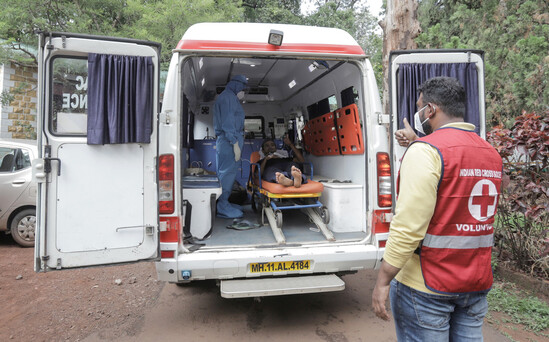
(Photo credit: Indian Red Cross / IFRC)
India is vulnerable to natural disasters and has been predicted to be one of the countries that will be most adversely impacted by disasters and emergencies in the future. Besides facing several threats such as gender-based discrimination, inequality, and a growing population, the region is regularly impacted by natural disasters such as floods, droughts, cyclones, and earthquakes. India was also one of the countries that was worst hit during the COVID-19 pandemic. Challenges continue to persist, highlighting the urgent need for sustainable and localized humanitarian support.
Since 1977, the Canadian Red Cross has collaborated with the Indian Red Cross Society to support humanitarian efforts in the region. As one of the country’s oldest and largest humanitarian organizations, the Indian Red Cross Society is well known for its positive work and impact through disaster response, healthcare, and welfare programs.
From the Gujarat earthquake disaster response in 2001 to the Indian Ocean Tsunami of 2004, the Canadian Red Cross as supported Indian Red Cross Society in many major responses. With the support of Canadian Red Cross during the COVID-19 pandemic, Indian Red Cross Society was able to provide ambulances and patient monitoring equipment, as well as support access to vaccinations and oxygen-related equipment to support those that were most critically impacted.
Currently, the Canadian Red Cross and Indian Red Cross Society are partnering for the reconstruction of a warehouse and training centre in Mumbai, India, to improve the capacity of local staff and volunteers. This will help Indian Red Crescent Society effectively respond in times of urgent need, particularly within vulnerable communities that are currently at the highest risk of being impacted by disasters and other extreme events in the region.
Indonesia
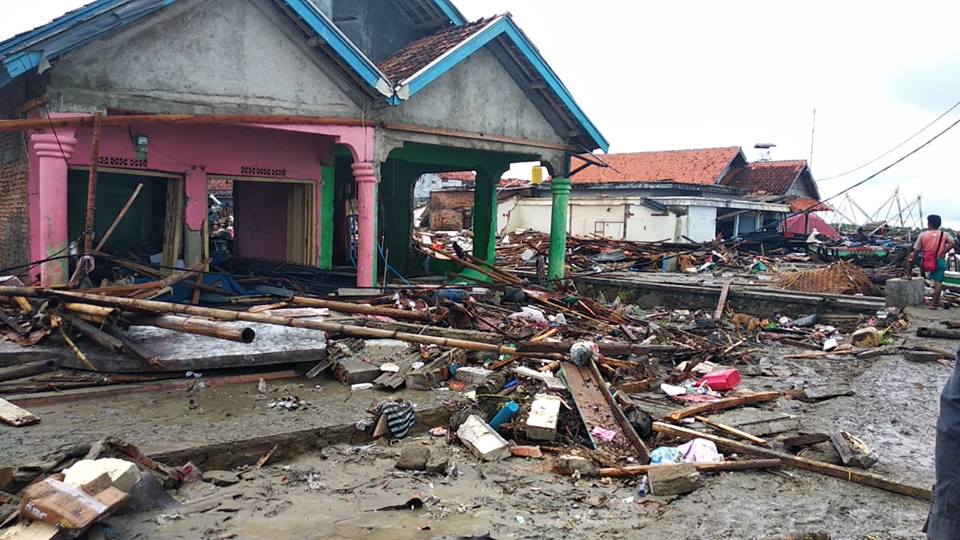
(Photo credit: IFRC)
Indonesia is frequently prone to earthquakes, volcanos, floods, landslides, tsunamis, and disease outbreaks.
In light of these pressing and complex issues such as natural disasters in Indonesia, for more than 20 years the Canadian Red Cross has played an important role in working with the Indonesia Red Cross to bolster their response efforts, alongside supporting recovery and disaster risk reduction initiatives to improve response capacity at the local and national level.
In the aftermath of events such as earthquakes, floods, and tsunamis, clean water and sanitation are some of the most critical components of our disaster response.
Through our strategic partnership with Indonesian Red Cross, the Canadian Red Cross is working towards improving the resiliency of communities through operational leadership in health and water and sanitation capacities. This ongoing collaboration ensures that impacted communities have access to safe drinking water and hygiene facilities, which reduces the risk of diseases and improves the overall mental health and wellbeing of people.
Our focused, grassroots-level programs are culturally sensitive, ensuring that there is equitable participation from all groups within communities. By promoting inclusivity and diversity, our partnership aims to address the unique needs and vulnerabilities of different groups, ensuring that everyone’s urgent needs are met in times of crisis.
The Red Cross Movement’s work enables households to be better prepared for, respond to, and recover from the challenges posed by future natural disasters, ultimately saving lives and strengthening communities.
Pakistan

(Photo credit: Olivier Matthys / IFRC / PRCS)
Pakistan’s diverse geography, from mountains to plains, makes it highly susceptible to a range of disasters, including floods, earthquakes, landslides, and droughts. Natural disasters in Pakistan disproportionately impact the most vulnerable sections of the population and often exacerbate existing inequities within the country.
In 2022, Pakistan faced an unprecedented challenge, with intense monsoon rainfall unleashing chaos and devastation across the nation. Urban areas were inundated, and flash floods ravaged communities. The resulting toll was staggering, with more than 33 million people impacted and more than 1.9 million homes either destroyed or damaged.
In the wake of this catastrophe, with a history of collaboration over almost two decades, the Canadian Red Cross quickly mobilized to support the Pakistan Red Crescent Society. Together, we provided essential aid to meet the urgent needs of those who were affected, such as food, water, shelter, and protection. Soon after, our focus shifted to further addressing the unfolding humanitarian crisis. We assisted the Pakistan Red Crescent Society with distributing water filtration systems, hygiene kits and multipurpose cash assistance, as well as helped establish vital community healthcare services in hard-to-reach communities through supporting Mobile Health Teams, with an added emphasis on the wellbeing of women and children.
Through our partnership with Pakistan Red Crescent Society, we remain dedicated to supporting sustainable solutions that address the long-term shelter needs of displaced people and communities and assisting them on their journey to recovery and resilience.
Your Impact - Pakistan Floods Appeal
Southeast Asia
In the vast and dynamic landscape of Southeast Asia, the Canadian Red Cross has been actively supporting and fostering regional resilience and humanitarian efforts across multiple countries.
From 2013 to 2018, CRC partnered with 11 Southeast Asian National Societies in their humanitarian mission, the Regional Resilience Initiative, to build local and national capacities in disaster preparedness and response. This was achieved through improved communication, implementation of disaster risk reduction projects, the development of protection, gender, and inclusion policies to improve access to services (particularly among vulnerable populations), and through the advancement of International Disaster Response Law.
Currently, the Canadian Red Cross continues to support the Red Cross National Societies of Vietnam, Myanmar, Indonesia and other Southeast Asian countries in their capacity to swiftly respond to emergency responses as well as effectively and proactively coordinate humanitarian efforts.
The Canadian Red Cross innovative partnerships and culturally appropriate collaborations place local Red Cross National Societies at the forefront of all efforts. Our shared commitment to making a positive impact helps build a strong and sustainable foundation of preparedness and response within these respective countries and communities, helping people in times of crisis.
